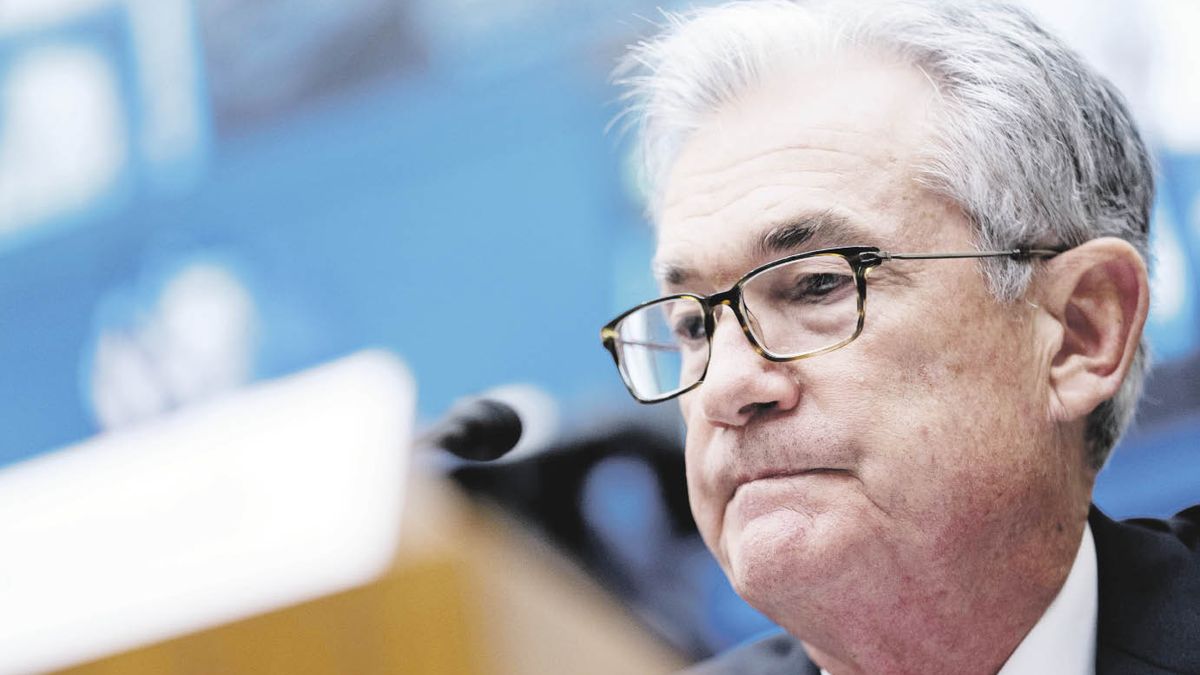the-federal-reserve-of-the-usa1.jpg
“Participants generally noted that upside risks to the inflation outlook remained a key factor determining the policy outlook,” and that interest rates would have to rise and stay high “until inflation is clearly on the path of 2%.”
Only “a few” participants were outspoken in favor of a hike of more than half a percentage point at the meeting, or said they “could have supported it.”
The minutes showed the Federal Reserve sailing toward a possible end point of its current rate increasesboth slowing the pace to approach a possible halt more cautiously, but also leaving open the question of how far rates will ultimately rise if inflation does not slow.
The central bank raised its official interest rate in eight meetings, from a starting point close to zero last March to the current 4.50%-4.75%. It was during the year that the Federal Reserve had an inflation rate shoot up to its highest level in 40 years.
The February 1 monetary policy statement stated that “continuous increases” would still be necessarybut shifted attention from the pace of upcoming rate hikes to its “reach,” a nod that it may be getting closer to an adequate rate to continue advancing in the reduction of inflation.
Since the last meeting, the data showed an economy that continues to grow and creating jobs at an unexpectedly fast pace, and moving less steadily toward the Federal Reserve’s 2% inflation target.
The minutes showed that the officials of the Federal Reserve continue to be aware of the risk of creating more measures so that inflation continues to fall.a hawkish bias that may be more apparent when they release new economic and rate projections at a meeting four weeks from now.
How it affects Argentina
For the Fed to raise rates means that a risk-free US treasury bond pays more. This reduces global liquidity, which is why the emerging economies as a whole suffer both at the level of financing and at the exchange level.
In this context, global investors are more eager to run from emerging countries to safe assets such as US Treasuries or the US dollar. This phenomenon is known as fly to quality. As a consequence, financing worldwide becomes more expensive, impacting currencies and the price of commodities.
Regarding the local debt, the rise in rates may imply that bonds continue to fall and make it difficult for the country’s risk to decrease.
Source: Ambito




